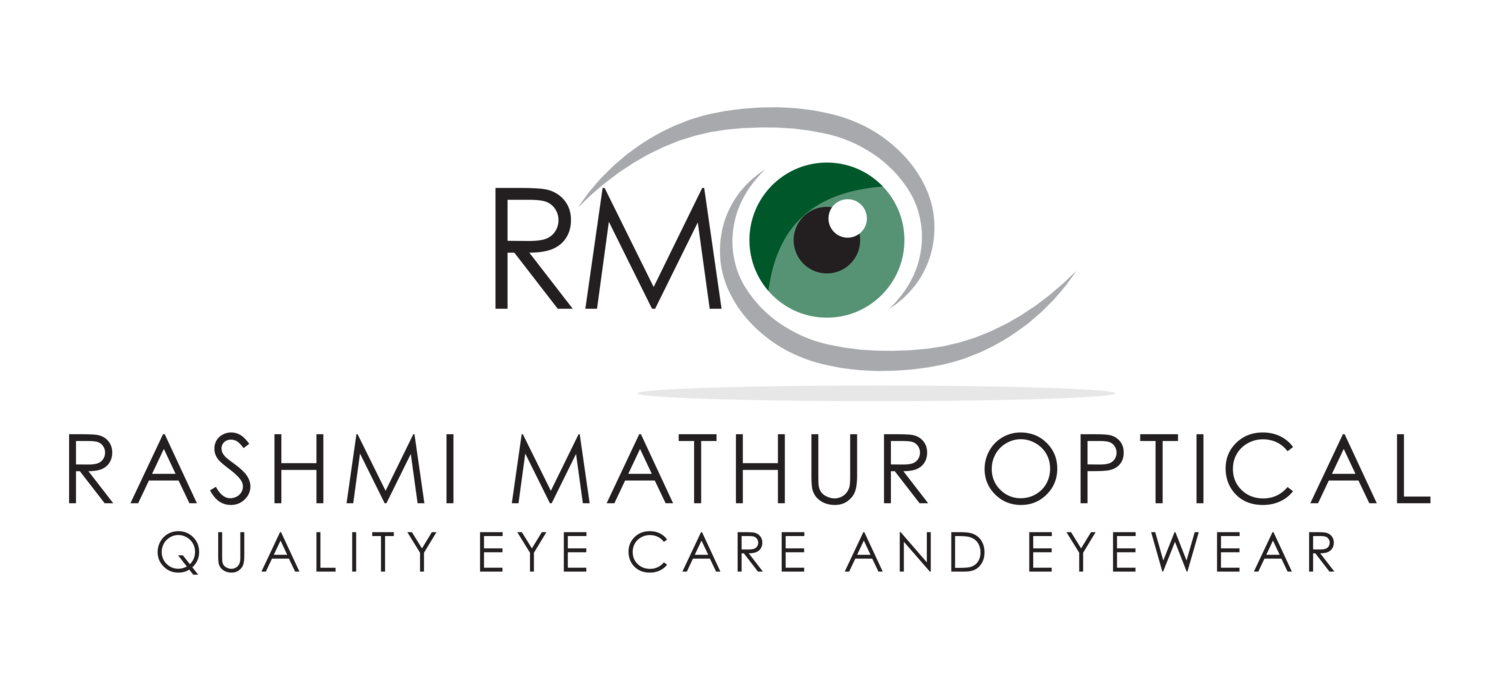Eye Examinations
The aim of the eye examination is to establish the standard of vision and evaluate the health of the eyes. Following that, we guide you on options for vision correction and further management in case of pathology. The eye is the only part of the body that allows a direct view of the blood vessels of the body. Changes can indicate hypertension, diabetes, tumours and other pathology.
A comprehensive eye examination can take up to an hour and shall include:
Visual Acuity Test and correction -This is a check to establish how well you see the details of a letter or symbol from a specific distance.
Colour Blindness Test - Colour Vision deficiencies occur in 4-8 % of males and 0.4-0.5% of females. Early detection in children is vital to help guide them through career choices.
Binocular Vision Assessment - to determine how the eye muscles work together and allow for the best co-ordination
Retinoscopy - to determine what strength of glasses you need for correction
Refraction - to determine whether you are short-sighted (myopic), long-sighted (hyperopic) or have astigmatism
Slit lamp examination - to assess the health of the eyes (tear film, anterior surface, cataract) and Volk 90D (retinal exam)
Intra Ocular Pressure Test - one of the tests for Glaucoma assessment
Ophthalmoscopy - to establish the health of the eyes. If necessary, your pupils will be dilated.
If necessary - Visual Field examination - further Glaucoma assessment
If necessary - OCT scan (Optical Coherence Tomography) - to photograph and assess the retina

